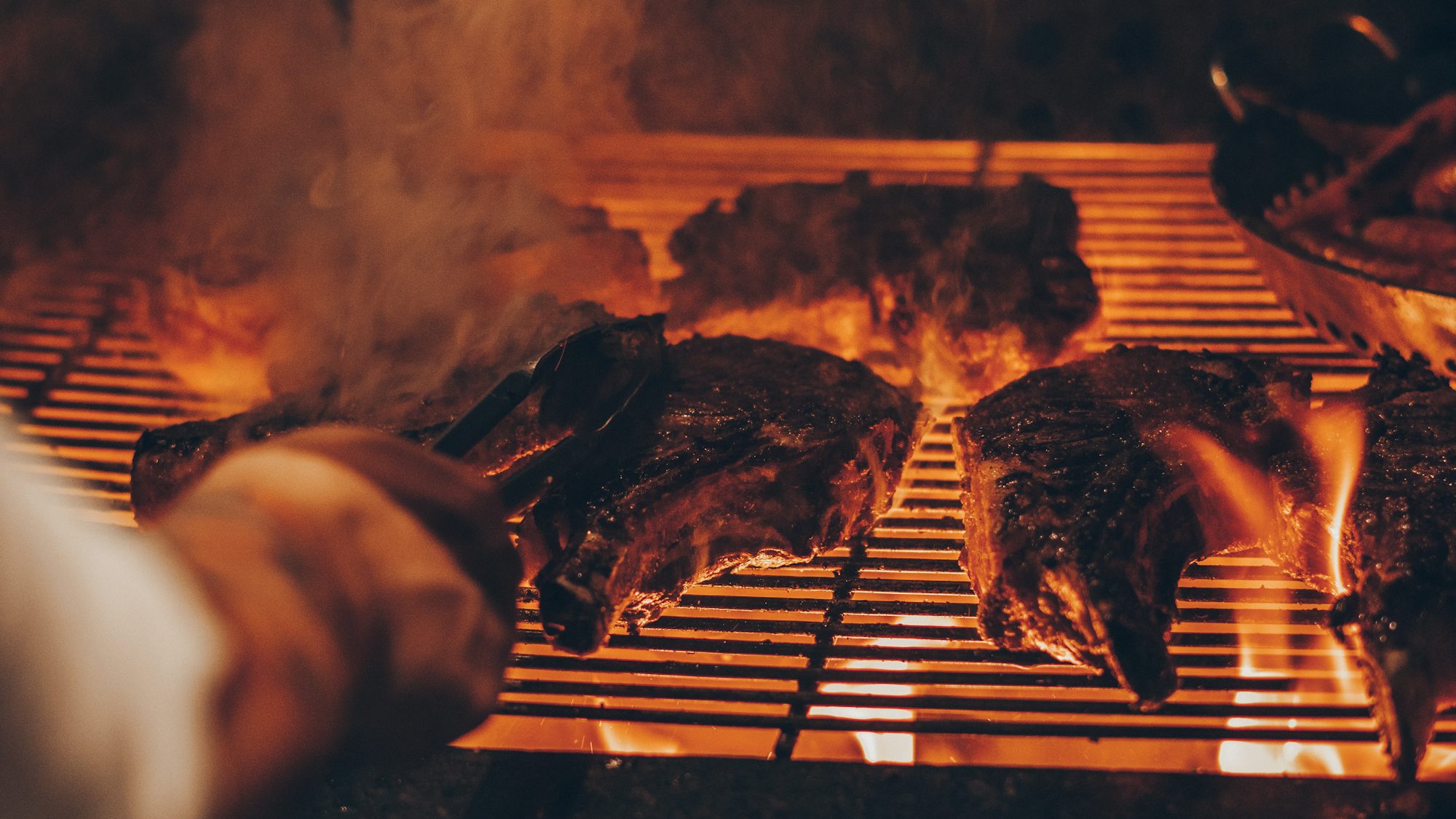Street food has become a universal language of taste and culture. From the bustling markets of Bangkok to the vibrant food stalls in Mexico City, street food connects people with the heart of a city, offering authentic flavors that reflect centuries of culinary traditions. In this article, we will explore some of the most beloved street foods around the world, their origins, and how they continue to shape local food culture today.
The Global Appeal of Street Food
Street food is not just about convenience; it’s about experience. It offers a glimpse into the culinary soul of a region, often served in a fast, casual setting that encourages interaction and exploration. Whether it’s a simple snack or a full meal, street food offers an authentic taste of local ingredients and preparation techniques that are often difficult to replicate in restaurants. The diversity of street food reflects the richness of each culture, showcasing regional specialties, local produce, and long-held culinary traditions.
Southeast Asia: Thailand and Vietnam
Southeast Asia is home to some of the most vibrant and diverse street food scenes in the world. The food here is flavorful, aromatic, and often cooked in front of you, creating a sensory experience that is both satisfying and immersive.
Thai Street Food: A Harmony of Sweet, Salty, Sour, and Spicy
In Thailand, street food is an integral part of daily life. The streets of Bangkok, Chiang Mai, and other cities are lined with vendors offering everything from savory dishes to sweet treats. One of the most iconic Thai street foods is Pad Thai, a stir-fried noodle dish typically made with shrimp, chicken, or tofu, tamarind paste, fish sauce, peanuts, and bean sprouts. It’s the perfect balance of sweet, salty, sour, and spicy, embodying the essence of Thai cuisine.
Other popular Thai street foods include Som Tum (green papaya salad), Satay (grilled meat skewers), and Khao Man Gai (Thai-style chicken rice). Each dish is a reflection of Thailand’s complex flavor profile, which relies heavily on fresh herbs, spices, and a careful balance of taste elements. Street food vendors often add their own unique twist, making each dish slightly different, adding a personal touch to the meal.
Vietnamese Street Food: Fresh, Flavorful, and Fragrant
Vietnamese street food is renowned for its freshness and vibrant flavors. One of the most beloved street foods in Vietnam is Bánh Mì, a French-influenced sandwich that has become a national treasure. A typical bánh mì consists of a light, crispy baguette filled with a variety of ingredients such as grilled pork, pate, pickled vegetables, fresh cilantro, and chili. The contrast of textures and flavors makes each bite a delight.
Phở, a fragrant noodle soup made with beef or chicken, is another Vietnamese street food that has gained international fame. Served with a variety of fresh herbs, bean sprouts, lime, and chili, phở is a dish that perfectly balances rich, aromatic broth with fresh, bright ingredients.
Latin America: Mexico and Peru
Latin America is a region known for its bold, rich flavors, and its street food culture is no exception. The streets of Mexico City, Lima, and Buenos Aires are a feast for the senses, filled with the aromas of grilled meat, fresh corn tortillas, and sizzling snacks.
Mexican Street Food: Tacos, Tortas, and Tamales
In Mexico, Tacos are the quintessential street food, loved by locals and visitors alike. The taco is incredibly versatile, with an endless variety of fillings ranging from carnitas (slow-cooked pork) and al pastor (spicy marinated pork) to vegetarian options like grilled cactus and mushrooms. Tacos are typically served on small, soft corn tortillas and topped with fresh salsa, cilantro, onions, and a squeeze of lime.
Another popular street food in Mexico is the Torta, a Mexican sandwich made with a soft roll and filled with a variety of ingredients such as grilled meats, avocado, cheese, and pickled vegetables. Tamales, made from masa (corn dough) and filled with meats, cheese, or beans, are another staple of Mexican street food. They are often steamed in corn husks and served as a hearty snack or meal.
Peruvian Street Food: A Fusion of Flavors
Peruvian street food is a melting pot of indigenous ingredients and global influences, reflecting the country’s diverse culinary history. One of the most iconic street foods in Peru is Anticuchos, skewered and grilled beef heart served with a tangy marinade and often accompanied by boiled potatoes and corn. Anticuchos are rich in flavor and have a smoky, savory taste that’s hard to resist.
Ceviche, though often considered a fine dining dish, is also served at street food stalls in Peru. Fresh fish is marinated in tangy citrus juices, mixed with onions, cilantro, and chili peppers, creating a refreshing and flavorful dish that reflects Peru’s coastal traditions.
Europe: Greece and Italy
In Europe, street food is not just a quick bite; it’s an integral part of socializing and cultural life. Whether it’s a late-night snack in Athens or a midday treat in Rome, European street food offers a delicious and diverse array of options.
Greek Street Food: Souvlaki and Bougatsa
Greek street food is known for its fresh ingredients and simple, yet flavorful preparations. Souvlaki, skewers of grilled meat (usually pork, chicken, or lamb), is one of the most popular street foods in Greece. The meat is seasoned with olive oil, lemon, and herbs, and is often served in a pita with vegetables, tzatziki, and a drizzle of olive oil.
Bougatsa, a flaky pastry filled with sweet or savory fillings like custard, cheese, or minced meat, is another beloved Greek street food. The pastries are typically served hot and are perfect for a quick breakfast or snack.
Italian Street Food: Pizza and Arancini
In Italy, street food is often a celebration of the country’s long history of culinary excellence. Pizza Margherita, with its thin, crispy crust, fresh mozzarella, basil, and tomato sauce, is the quintessential Italian street food. While pizza is most often associated with sit-down restaurants, in many cities in Italy, it’s served as a quick, portable snack from pizza al taglio stalls.
Another iconic Italian street food is Arancini, fried rice balls filled with meat, cheese, or vegetables. These crispy treats are a staple in Sicily and are often enjoyed as a snack or light meal.
The Rise of Fusion Street Food: Blending Cultures and Flavors
In recent years, street food has evolved, and fusion street food has emerged as a popular trend around the world. Street food vendors are blending traditional recipes with modern flavors, creating new and exciting dishes that draw on the best of multiple cultures. Whether it’s Korean BBQ tacos or Indian-inspired burritos, fusion street food allows for the exploration of different culinary traditions while staying true to the essence of street food: fast, flavorful, and affordable.
The Future of Street Food: Innovation and Sustainability
The street food scene is constantly evolving. Vendors are experimenting with new cooking methods, ingredients, and presentation styles, pushing the boundaries of what street food can be. At the same time, there’s a growing awareness of the need for sustainability in street food practices. Many street food vendors are adopting eco-friendly packaging, sourcing ingredients locally, and reducing food waste, ensuring that their impact on the environment is minimal.
As street food continues to evolve, it will remain a beloved part of global food culture, offering people a taste of authenticity, community, and culinary heritage. It’s a celebration of local flavors, fresh ingredients, and the joy of sharing a meal with others.
Conclusion
Street food is much more than just a meal; it’s a reflection of culture, history, and community. From the bustling streets of Bangkok to the vibrant food stalls of Mexico City, each dish tells a story of tradition, innovation, and the shared love of food. Whether you’re savoring a bowl of phở in Vietnam or munching on a taco in Mexico, street food has the power to transport you to another world, where flavors, aromas, and experiences come together in the most delicious way.
As street food continues to grow in popularity, it will no doubt remain an important part of global food culture, allowing us to connect with new flavors, people, and traditions, one bite at a time.


